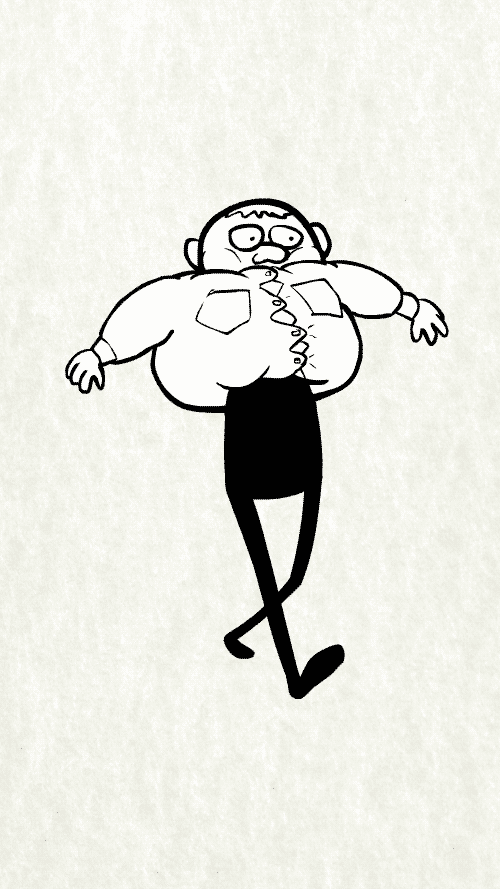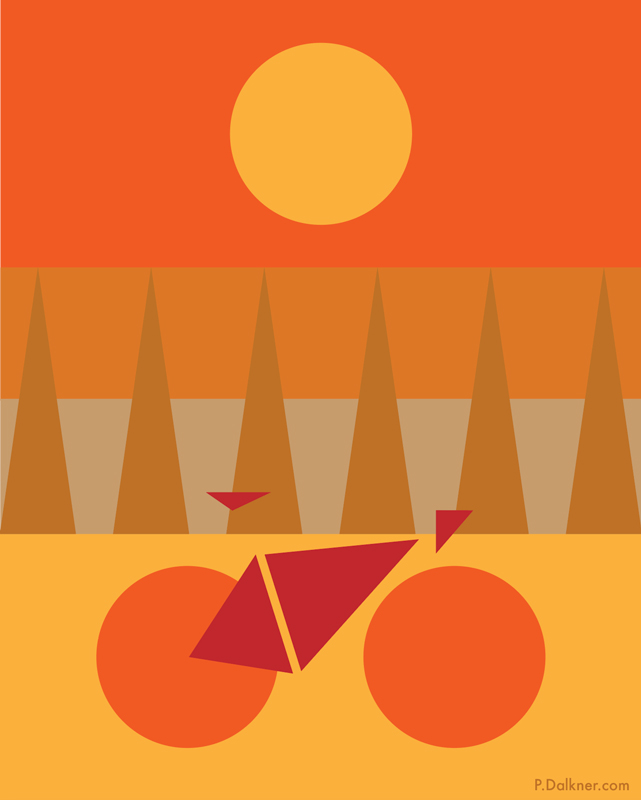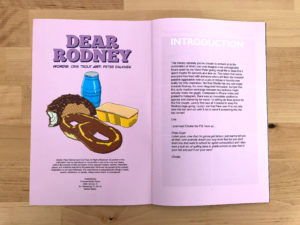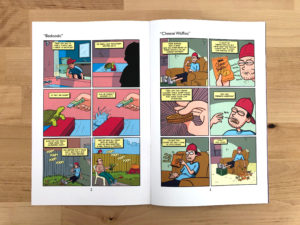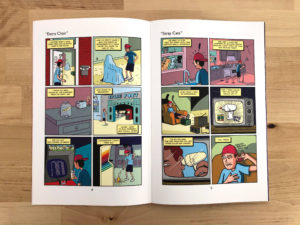Springtime allergies has my nose unfurling hairs from the deepest portion of my nostrils. Blooming like a fern or flower to reach out, tickle, and annoy. Happy Spring, everyone!
Author Archives: admin
The Unabridged Birthday Street Book Is Out Now
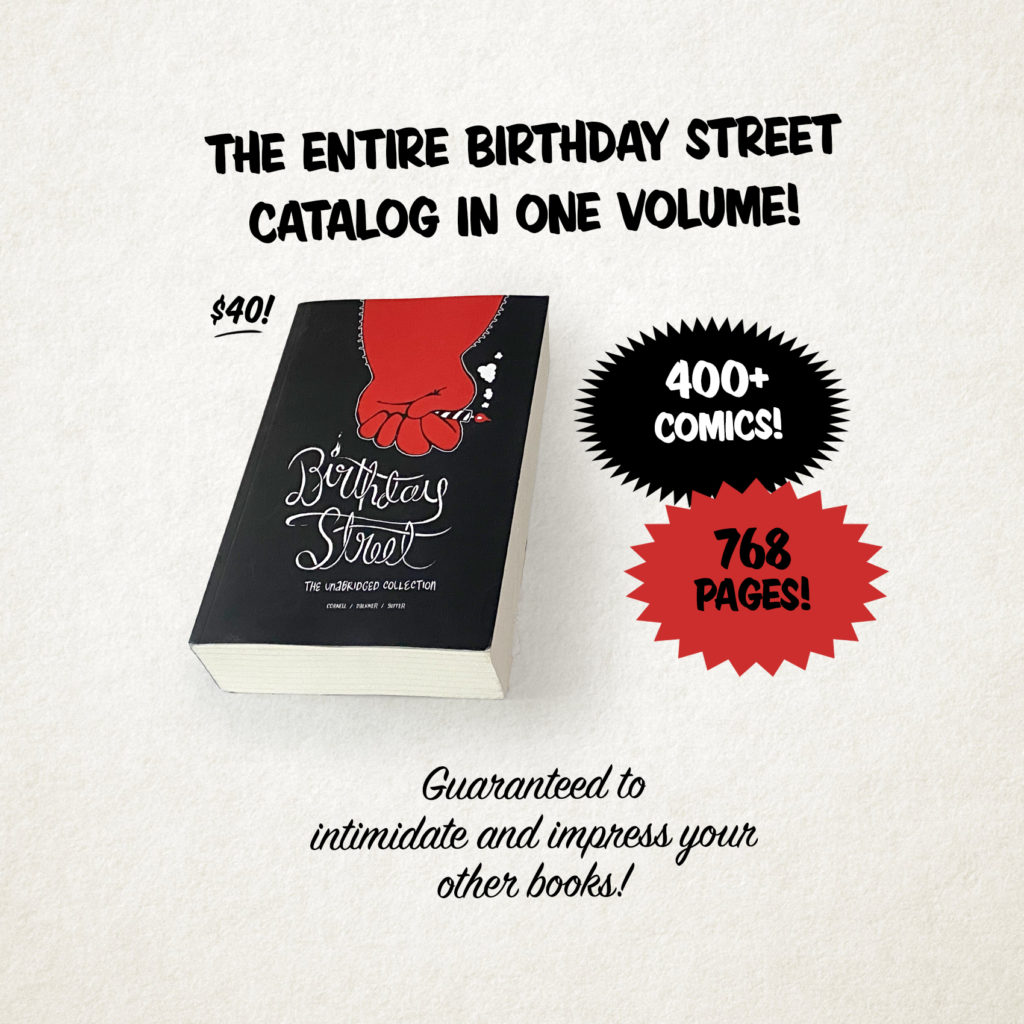
Finally, it’s here! Every Birthday Street comic Matt Sutter, Kevin Cornell and I made all in one place. 400+ comics, 768 pages. It’s big AND big on laughs. Buy it now! (age verification because of grown-up humor).
Action Guy Gets That Guy
Check out Action Guy doing action stuff in the upcoming Birthday Street anthology. Until then here’s a taste of thrilling action exploding to life!
The Old Fly In The Ice Cube Gag
Big Big Birthday Street Book
Autumn Bike
My Totally Awesome Comic Book “Dear Rodney” Is In Print
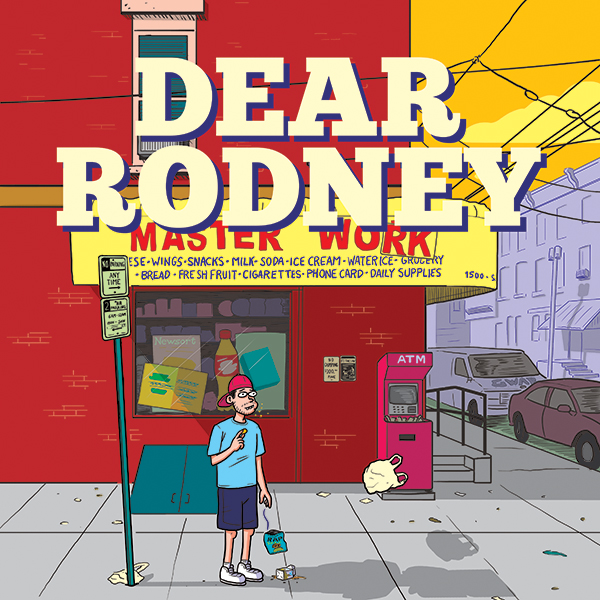
That’s right! “Dear Rodney” is available as a printed comic book on this very website. Bask in the colors as they come alive on the page. Comb over the paper and feel its glossy texture. Breath deep and sniff the cozy, chemical, inky smell of comfort. Listen to the gratifying “whiff” sound of the pages as you turn them. This book is (almost) a feast for your senses (you probably don’t want to taste it)! Please read responsibly.
For those of you that might not have gotten the memo, “Dear Rodney” is also available on Comixology as a digital comic.
U.S shipping only, please inquire here for other shipping requests.
My Awesome Comic Book Is Available At Comixology
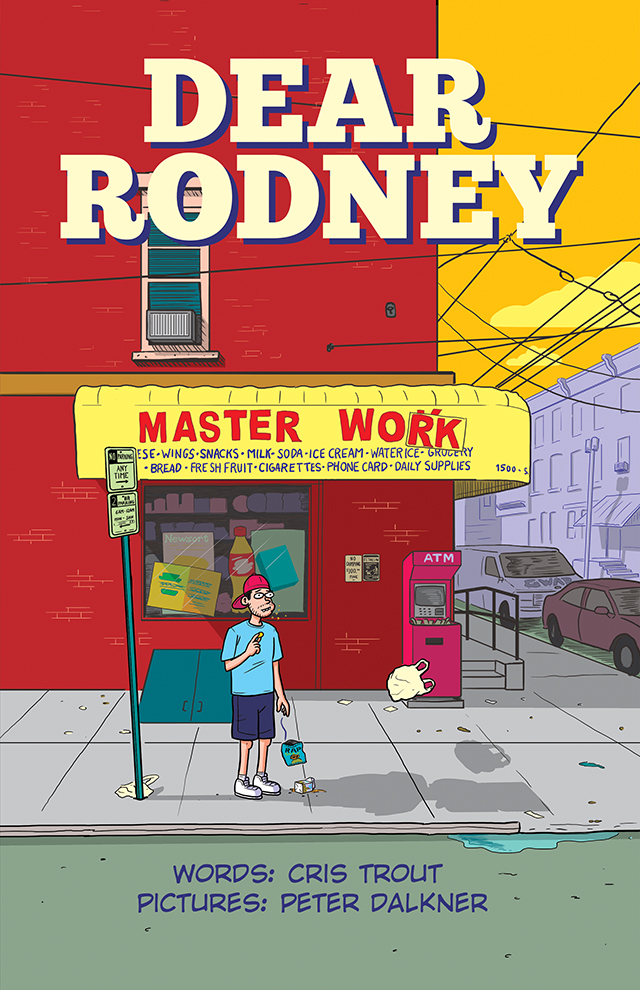
EXCITING NEWS!!! My debut on Comixology Submit is available… RIGHT NOW! For those unfamiliar, Comixology is a site where you can buy digital comics, and Submit is their gateway for Indie creators. Be sure to give it a rating.
Originally written by Cris Trout on his phone’s Notes app, screenshot, then posted to Instagram, and then adapted into a comic book by me. “Dear Rodney” is the story of two bungling roommates that communicate through passive aggressive semi-legible notes. Follow the misadventures of Chollie as he fumbles through urban life with and without Rodney. It is loads of fun!
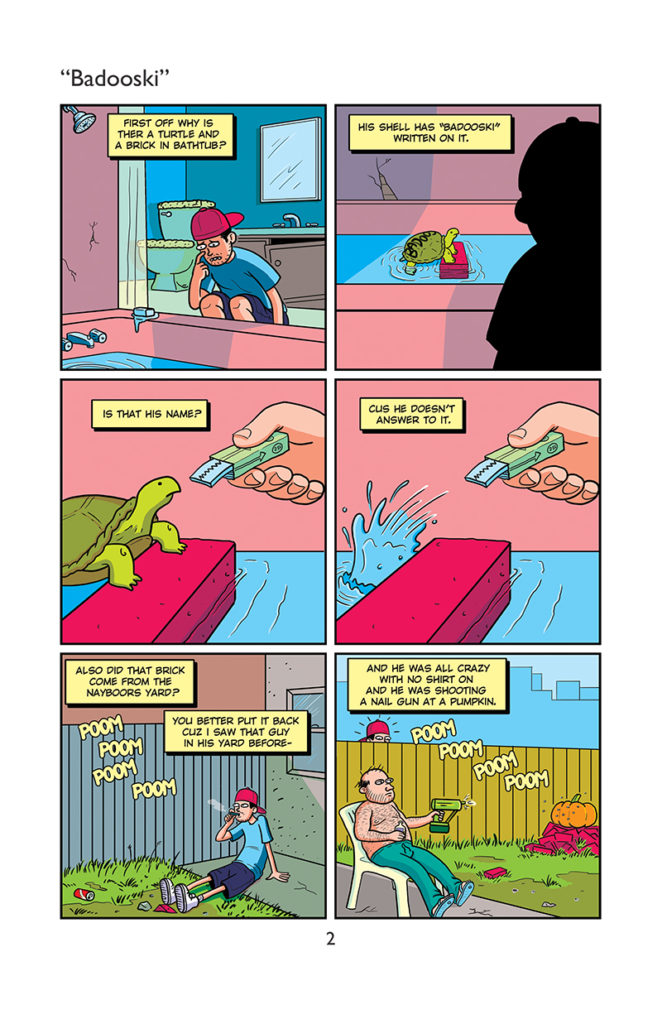
Introducing “Badooski”. 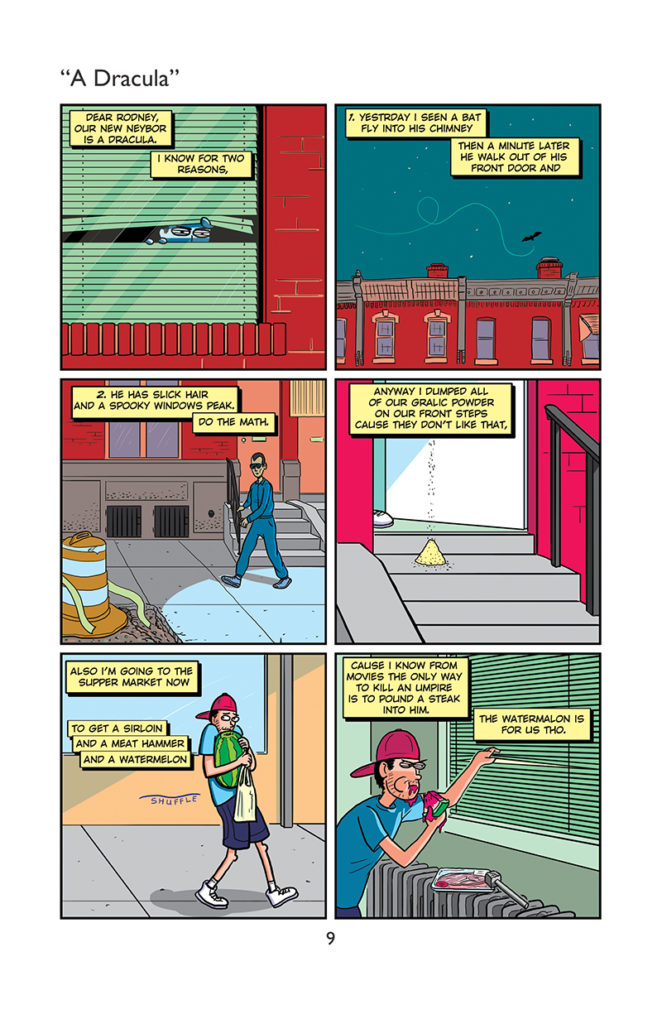
When your neighbor is A Dracula


